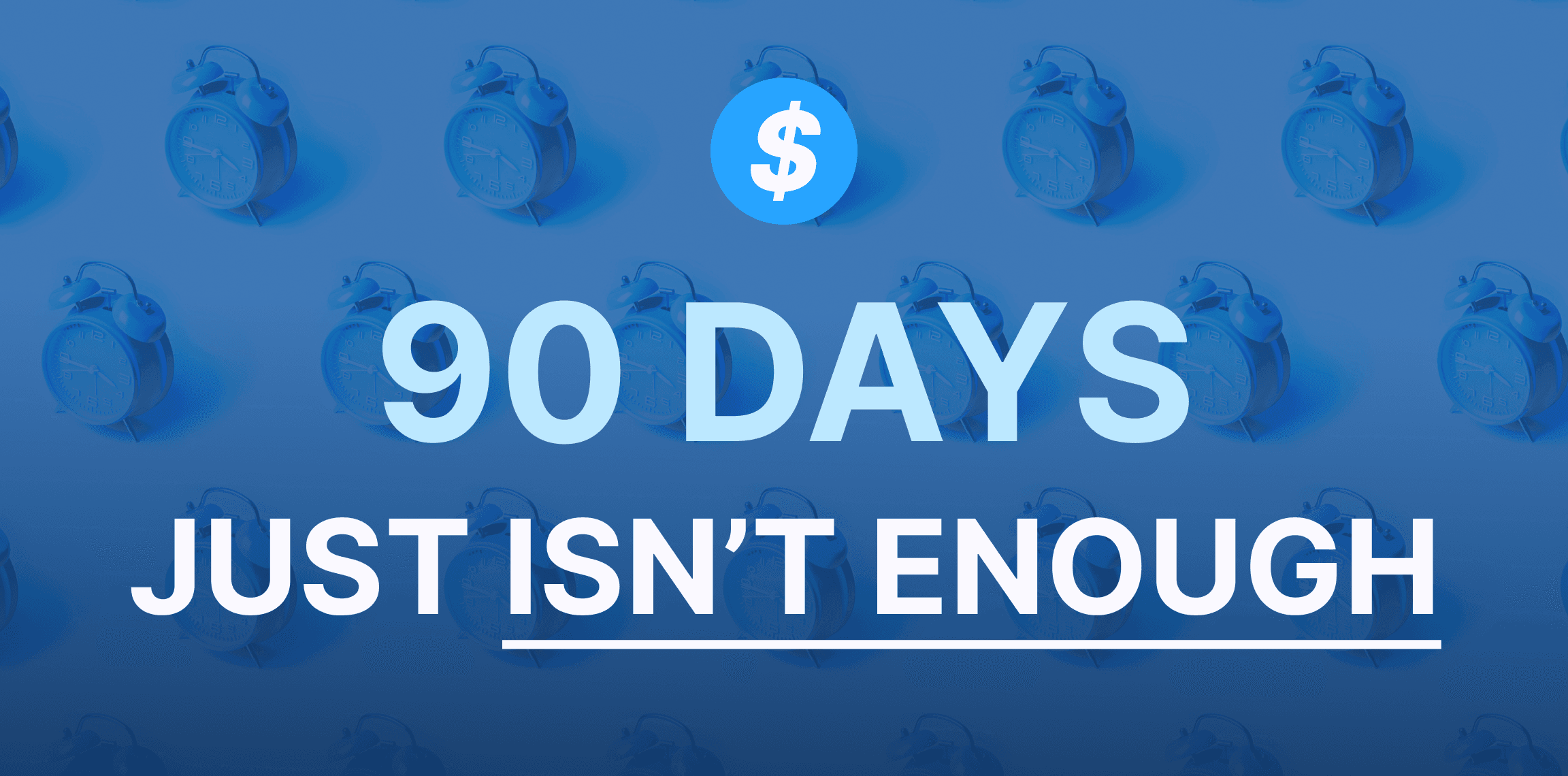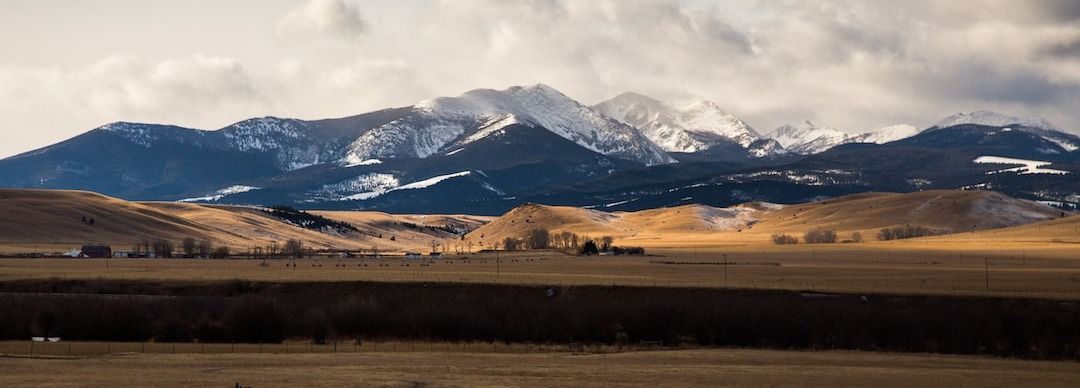Biden administration officials recently gathered with state and local government stakeholders from around the country to discuss the Federal Communications Commission's Fabric map and broadband funding allocations.
The two successive mapping workshops took place last week at the Schools, Health & Libraries Broadband Coalition's 10th annual AnchorNETS conference in Crystal City, Virginia.
Below are 8 top takeaways we came away with.
- Local governments must take an active role in determining the quality of the Federal Communications Commission’s Fabric map.
The Infrastructure Investment and Jobs Act creates a formula for allocating the $42.5 billion in broadband grant funding. Every state and territory will receive at least $100 million.
But the rest will be determined according to the ratio of state’s unserved locations to all unserved locations nationwide. These calculations will rely on the FCC’s Fabric map for its data on locations that are considered served or unserved.
The Fabric initially relies on ISPs telling the FCC where they provide service. ISPs report the maximum advertised speeds of service to the FCC. This information is not independently verified by speed tests.
The Broadband DATA Act, the law that requires the FCC to build the fabric and establishes a challenge process, uses those challenges as a correction mechanism for the initial reporting.
“State, local, and Tribal governments, service providers, and other entities can begin to file bulk challenges to data in the Broadband Serviceable Location Fabric (Fabric), which serves as the foundation for the Broadband Data Collection (BDC) fixed availability maps,” according to the FCC.
This means that resource-strapped local governments will need all the help they can get within the next four months before the FCC publishes its maps and the Commerce Department's National Telecommunications and Information Administration (NTIA) starts using it to calculate its BEAD grant allocations.
“The accuracy of the information in these maps will determine how much money states are going to receive and that is huge — especially for unserved and underserved areas -- the same areas that have been neglected and left behind in the past because they have had the fewest resources to actually make sure that the accuracy of this information is where it needs to be,” declared Ovidu Viorica, broadband program manager for New Mexico’s public schools during the workshop.
Added Kevin Sievert, program director of broadband deployment for North Dakota: “At the state level, we don't have the vision down to every local locality. So there really needs to be a kind of a groundswell of challenges and validation of this data in order for us to make it as accurate as possible.”
That’s why Broadband.money created the Community Broadband Kit. Local governments can use this free resource to create their broadband audit.
- There’s still time for local governments to advocate for themselves, and to frame the terms of discussion over the best ways to get their communities broadband access.
“A lot of the responses from the NTIA and the FCC indicated that there are a lot of things still in the works,” noted Stephanie Jane Edwards, the North Carolina Broadband Infrastructure Office’s broadband mapping and data lead. “And that means that we still have a great amount of opportunity for advocacy on what we want to see, and more specific answers about timelines and granularities.”
Many state and local officials (and others) had peppered the two administration officials at the panel with questions about the nature of the FCC’s fabric, what kinds of challenges are allowed, the differences between a challenge and a crowdsourced report from a consumer, the openness of Fabric data, and the role of community anchor institutions, among other things.
Nick Alexander, a senior NTIA telecommunications policy analyst, and Kirk Burgee, the FCC’s wireline competition bureau chief, were not able to answer several of the questions immediately.
- Nobody really understands the terms on which the FCC’s Fabric data can be used.
This leads to the next big takeaway from SHLB’s AnchorNETs 2022 mapping workshop: Nobody really understands the terms on which the FCC’s Fabric data can be used because the Fabric is governed by a secret procurement contract.
Both Alexander and Burgee were repeatedly asked questions about how state and local governments and the public can use Fabric data, and the terms on which it can be accessed. The answers they gave all boiled down to: “It’s complicated.”
At one point, Alexander said: “There's a complicated kind of partnership chain that is a function of the license agreements.”
This hobbles local governments because they need to navigate a bureaucratic system to even access basic information they need to conduct analyses of their own communities’ needs.
Dustin Loup, the Marconi Society’s National Broadband Mapping Coalition Program Manager, told workshop participants that he has submitted a Freedom of Information Act (FOIA) request for the the FCC’s contract with mapping vendor CostQuest.
He was told that the terms of the contract would be redacted.
“Because of the restriction on [allowable] uses [of the data] and the restricted access, it's very difficult to provide support at the local level,” he said. “It also makes it difficult to do things that should be done in the coordination process, like a local governments should be able to check some of the broadband serviceable locations against the public utility information, and say: ‘Oh, what they're all these residential electric connections?’”
That kind of analysis could enable a local government to challenge the accuracy of the Fabric. “But they're not allowed to share it this way, because it's so restricted,” Loup said. “And all of this ties back to the fact that this is a proprietary locked down dataset that we're kind of forced to help build, and ISPs are forced to submit to it.”
Kelleigh Cole, Utah’s former broadband outreach director, threw out this hypothetical during the mapping workshop:
“So say that I take my state map, I've seen the Fabric, I make adjustments to my state, not addresses but maybe I adjust polygons or I make some change [and] trim a state map because of whatever I've seen on the Fabric. Am I violating the license? Is that okay to do?
"
There is no clear answer.
Cole is currently director of strategic initiatives at the Utah Education and Telehealth Network.
- The FCC’s Fabric will only reflect very limited information about broadband availability and will not reflect the digital divide
“On the fixed side, we're not accepting speed tests to show that service is not provisioned at a location,” the FCC’s Burgee said during the mapping workshop.
The IIJA focusses funding on unserved, underserved, and high cost areas, which require broadband grantors to understand the performance of networks in order to properly direct funding.
But the Fabric will only reflect advertised availability, not verified performance levels. Recent investigations by the California Community Foundation and the non-profit investigative newsroom The Markup have shown the importance of the role that socio-economic data and speed test information is in trying to determine where to focus resources to improve access to under-resourced areas.
Broadband.money’s broadband grant maps are designed to provide communities with this information.
For his part, Burgee acknowledged the utility of additional information that’s necessary to figure out whether low-income populations are able to get reasonable terms of access to broadband, but said that it wasn’t something that would be incorporated into current FCC maps.
When asked at the mapping workshop whether the FCC would include affordability and reliability factors in the Fabric, Burgee said: “In a perfect world, we would have all that data. It's it adds a layer of significant complexity to do that. We weren't tasked with it with the broadband data. It's not to say it couldn't become a part of the collection or different collections in the future.”
That echoes what another FCC spokesperson said recently: “I want to make sure people understand and are clear that what we are collecting is availability data,” Eduard Bartholme, the FCC’s Broadband Data Task Force’s senior outreach director, said during a recent Webinar. “So while adoption, affordability and quality of delivered services are very important, they’re outside of the scope of what the FCC was tasked with under the Broadband Data Act back in 2020.”
- It will be up to ISPs to resolve consumer challenges that report broadband availability inaccuracies in the Fabric.
Here’s how the consumer challenge process will work, as described by Burgee:
“A consumer submits a challenge to give us evidence that the service is not consistent with what's been filed. That information is transmitted to the provider (that is relevant to that provider,) which has 60 days to admit the accuracy of the challenge, or they can dispute it. If they dispute it, there's a 60-day period that commences, during which the provider is required to work with the challenger to clarify any misunderstandings to make sure that everybody has the full facts. And hopefully that will resolve a lot of challenges.”
- The FCC will publish a broadband funding map by March 2023 so that broadband grant-making entities can co-ordinate funding between different programs and agencies. “It basically is intended to reflect areas where there has been firm commitments from funding agencies,” Burgee said.
- Challengers are encouraged to submit challenges to the accuracy of a reported “broadband serviceable location” if even just one unit of an apartment building can’t get the level of service reported by a provider.
“Generally, a multi tenant dwelling is a structure that will be considered as a broadband serviceable location, and we identify the number of units. That number can be challenged. If a resident of a unit within that structure is not able to get the service as reported, that would be a legitimate challenge and we could potentially call into question the reporting for the entire structure,” Burgee said.
- Schools, health facilities and libraries — basically any community anchor institution, should make sure that they understand what kind of broadband service their institution subscribes to, and make sure that they communicate with the FCC about it, or they will be omitted from the Fabric by default.
The Broadband DATA Act — the law behind the creation of the FCC’s Fabric – specifies that the FCC collect information only for “mass market” broadband service, and not “enterprise” subscriptions that many institutions subscribe to, Burgee said.
Therefore many CAIs are not included in the Fabric. But as New Mexico’s schools Broadband Program Manager Viorica pointed out, many small CAIs might subscribe to retail or mass market kind of internet services.
“That's something that can be brought to our attention, as part of the challenge process. If the evidence is compelling, we would change that categorization,” Burgee said.
That change would mean that the Fabric would include that CAI as a broadband serviceable location that’s eligible for broadband funding.

